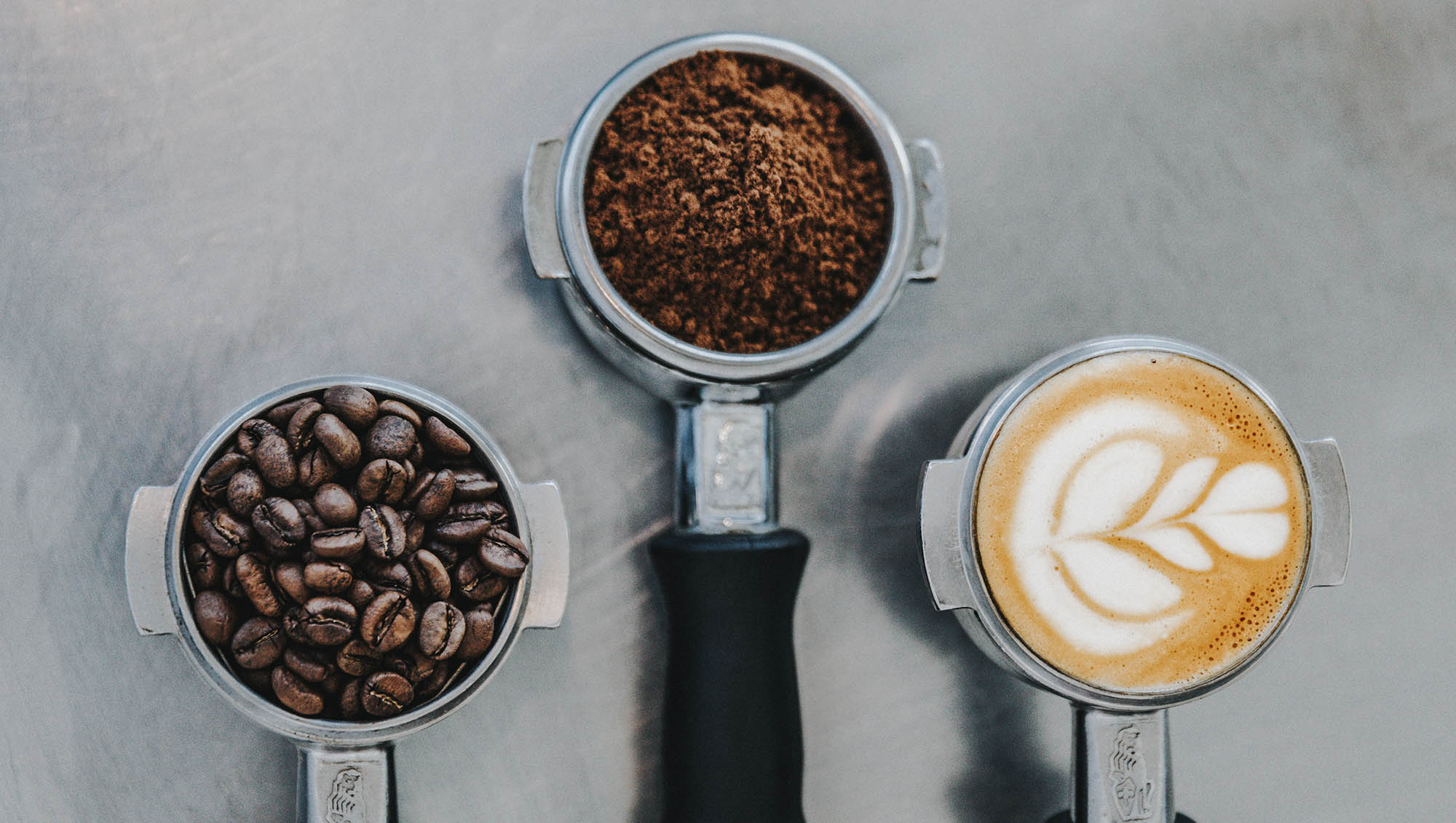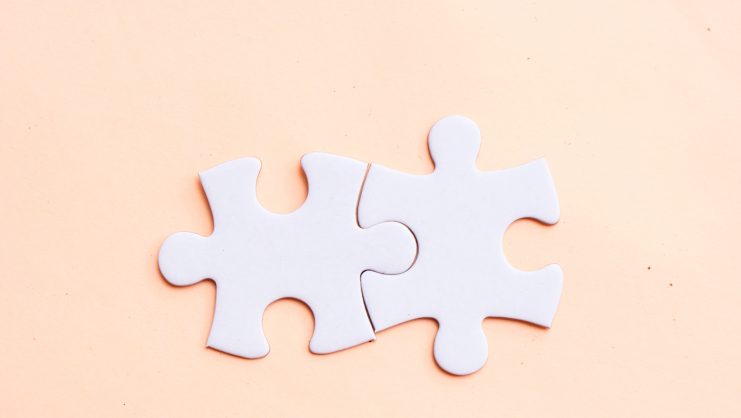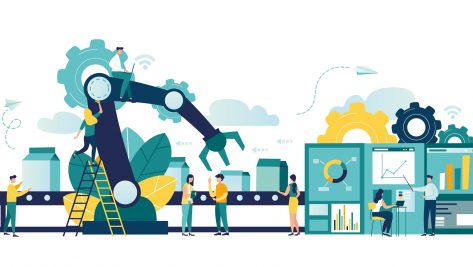Do you want to connect better with your customers? Do you want to know what they do, who they are, what they want… and offer them a better service? In a nutshell, do you want to sell more?
This infographic, also published in IE Insights, describes the six steps of the Winners method. Based on years of research and practical experience, this method shows companies how to connect with fast-changing customers in the current digital era—or as I like to call it, the Amazon age.
One of the most important parts of the process comes in Step 5: “Position your service model as a differentiating factor.” The first and last steps of the method—which, in reality, is cyclical—involve listening and reconnecting with customers. Once you have defined a strategy and designed unique experiences, the key is to correctly position the service you offer to your customers.
In-depth qualitative and quantitative research on hundreds of organizations has shown that the companies that do this well—those which truly connect with customers—use two main techniques, which I call hyperservice and servification.
If you want to establish a relationship with the customer that allows you to make more sales over a longer period of time, it’s important to offer excellent service.
A simple coffee, made even simpler
I’ll explain this with a couple of examples. Here’s the first. Imagine a typical workday: You get up, get ready, and head to work. It’s going to be a rough day. So many things on your plate: multiple projects, deadlines, meetings, stress, lots of rushing around… You have to be well prepared, energetic, and motivated. You’re still a few subway stops away, but already you’re thinking about that café down the street from your office that makes good coffee, just the way you like it.
But the last thing you feel like doing, at this ungodly hour, is standing in line, wasting several precious minutes when you’re already running late. And you certainly don’t want to interact with a human being and answer inane questions. “My name? Pablo.” “Coffee.” “Yes, a double.” “With oat milk.” “Room-temperature.” “Extra cinnamon.” “Brown sugar.” “Credit card.”
The coffeehouse chain knows this, because it listened to its customers and figured out another way to offer a superior experience. The idea they came up with is a simple way of hyperserving coffee: with a mobile app.
You can use this app to select a location, order your favorite beverage, and pay for it—all before setting foot in the shop. And voilà: a freshly poured cup of piping hot coffee is waiting for you the minute you walk through the door. You grab it and go.
It works: more and more customers are buying coffee this way. This year, around 25 million Americans will order coffee using this mobile app. More than 12% of the chain’s orders will be placed via this channel.
In fact, it has proved so popular that the company has had to redesign its cafés to better serve customers who order remotely before entering the building (or perhaps while waiting in line).
This is hyperservice: you offer the same thing you’ve always offered, but more and better—and at no extra charge. Customers are happy, and the company is happy.
The companies that do this well—those which truly connect with customers—use two main techniques: hyperservice and servification.
Have you been “servified”?
The second strategy used by “winning” companies is servification. It’s quite possible that you have already been servified, since this service model is becoming more and more common in a number of categories.
Perhaps you’ve heard of Brita, the water filter brand. If tap water in your area tastes funny or contains impurities but you don’t like buying bottled water, Brita can help. Their water filtration pitcher improves the taste and quality of the water that flows from your faucet. It’s quick and easy, but there’s a catch: you have to change the filter every so often, or else the system stops working.
One solution they’ve come up with is to servify the filters. No longer must the customer remember to buy new filters at the supermarket. At long last, the smart pitcher has finally arrived. When it detects that a filter is on its last legs, it automatically connects to Amazon (or your preferred supermarket) and orders replacements. This machine does everything: occasional purchases have been replaced by an automatic spare-part subscription service.
This method allows companies to sell not just the item in question, but also related products. And it usually involves paying a premium, since the customer receives added value.
Servification is now a reality in a growing number of industries. Some customers complain, but deep down they know that it makes their lives easier. Now they can pay for something they use—and only when they need it—without having to make a trip to the store. Music has been servified for quite some time (Spotify). More recently, the trend has spread to bicycles, cars, and even scooters. Even home-improvement tools have been servified. Even though you might not need an industrial-strength floor polisher very often, you might like to roll up your sleeves and tear out the parquet every ten years or so.
If you want to establish a relationship with the customer that allows you to make more sales over a longer period of time, it’s important to offer excellent service.
© IE Insights.











